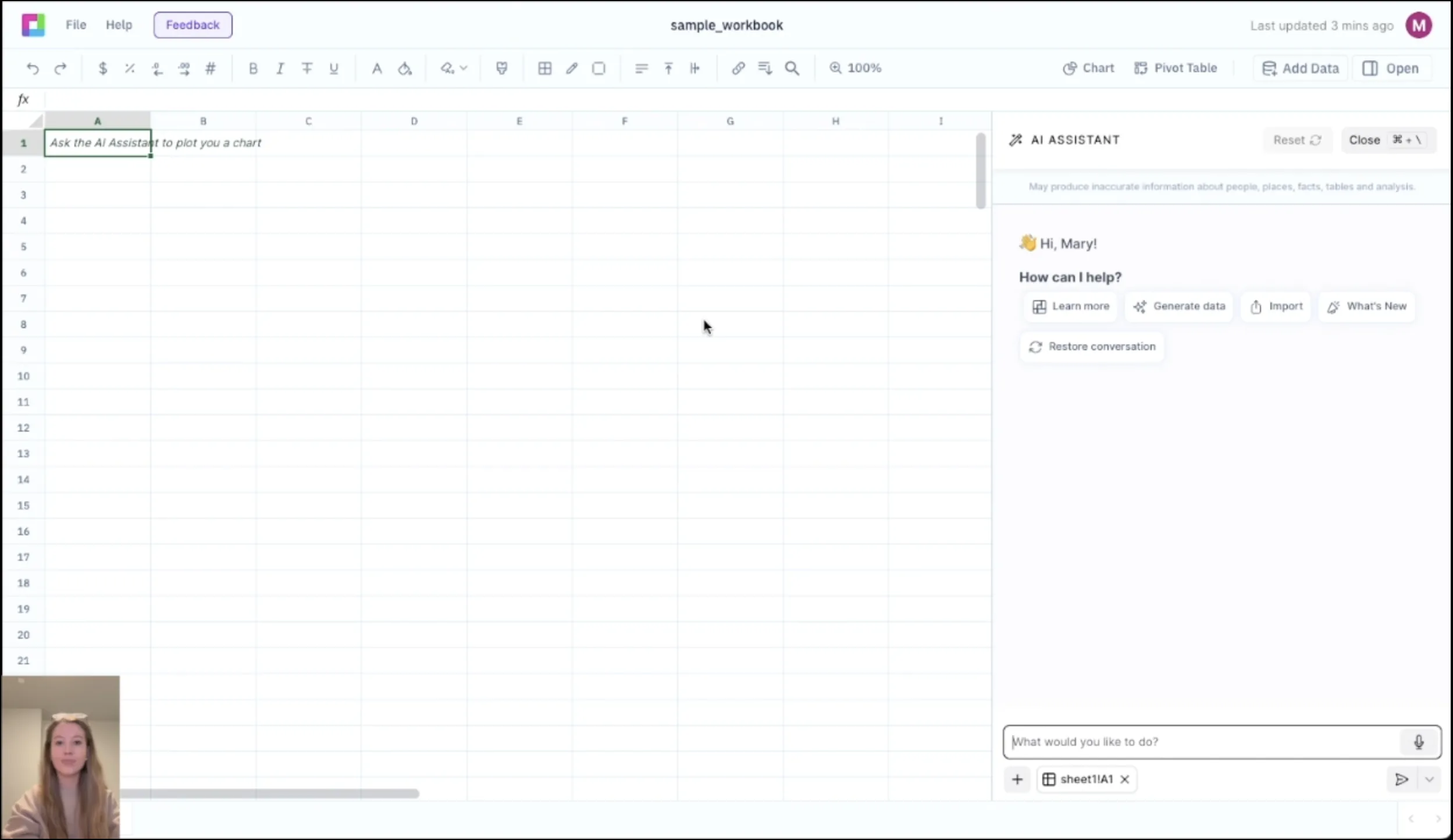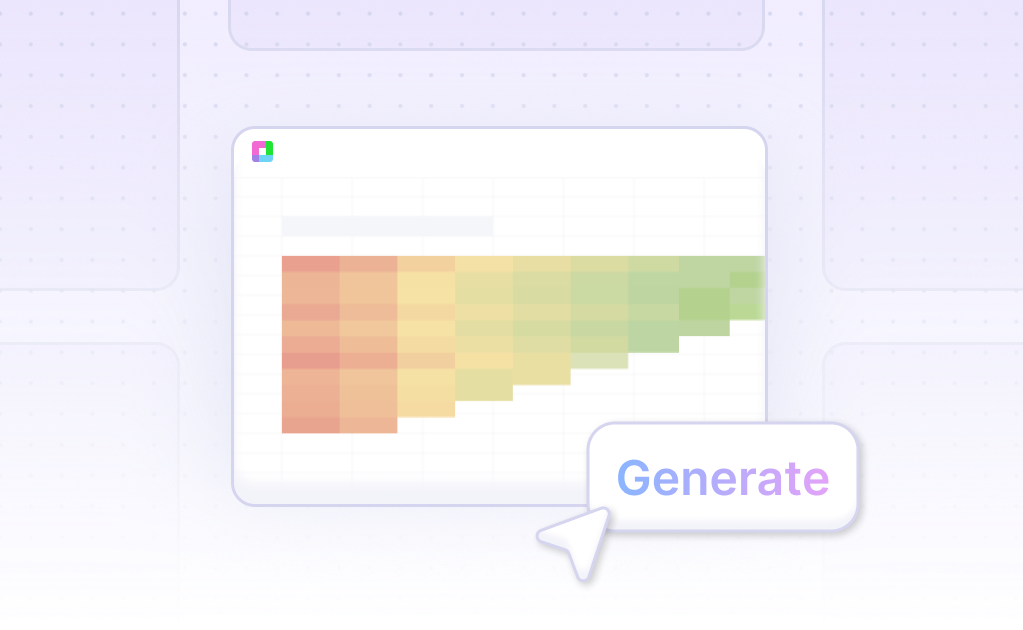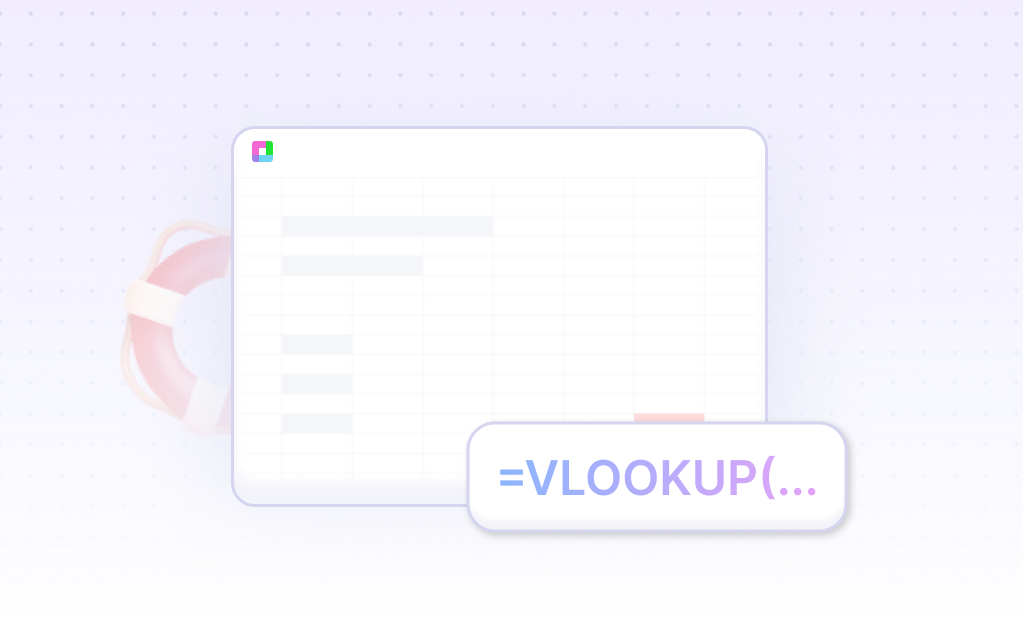
Master Staking Rewards with Advanced Validator Economics
Staking rewards calculation requires sophisticated validator economics analysis, yield optimization, and comprehensive slashing risk assessment. Our Staking Rewards Calculator template provides comprehensive tools to calculate staking returns, analyze validator performance, and optimize staking strategies with institutional-quality frameworks for crypto stakers and validators.
From yield calculation to risk assessment, optimize staking returns. Built for crypto stakers, validators, and institutional investors, this template helps you calculate staking rewards, evaluate validator performance, and manage staking risks.
Comprehensive Validator Economics Framework
Staking Yield Calculations
Calculate staking yields with annual percentage rates (APR), compound interest, and inflation adjustments. Optimize staking returns and compare validator performance.
Validator Performance Analysis
Analyze validator performance with uptime metrics, commission rates, and delegation patterns. Select optimal validators and maximize staking efficiency.
Network Economics Modeling
Model network economics with total staked supply, inflation rates, and reward distribution mechanisms. Understand network dynamics and staking incentives.
Multi-Chain Staking Analysis
Compare staking opportunities across chains with cross-chain analysis, yield comparisons, and risk assessments. Optimize multi-chain staking strategies.
Risk Assessment & Staking Optimization
Slashing Risk Assessment
Assess slashing risks with historical data, validator behavior, and network conditions. Minimize slashing exposure and protect staked assets.
Liquidity & Lock-up Analysis
Analyze liquidity constraints with unbonding periods, liquid staking options, and opportunity costs. Optimize liquidity management and staking allocation.
Tax Optimization Strategies
Optimize tax implications with reward timing, jurisdiction considerations, and compliance requirements. Manage tax efficiency and regulatory obligations.
Portfolio Diversification
Diversify staking portfolios with asset allocation, validator selection, and risk management. Balance returns and risks across staking opportunities.
Frequently Asked Questions
How does it calculate staking yields?
The template calculates staking yields with annual percentage rates (APR), compound interest, and inflation adjustments. It optimizes staking returns and compares validator performance.
Can it analyze validator performance?
Yes, the template analyzes validator performance with uptime metrics, commission rates, and delegation patterns. It selects optimal validators and maximizes staking efficiency.
How does it assess slashing risks?
The template assesses slashing risks with historical data, validator behavior, and network conditions. It minimizes slashing exposure and protects staked assets.
Does it support multi-chain analysis?
The template compares staking opportunities across chains with cross-chain analysis, yield comparisons, and risk assessments. It optimizes multi-chain staking strategies.
How does it handle tax optimization?
The template optimizes tax implications with reward timing, jurisdiction considerations, and compliance requirements. It manages tax efficiency and regulatory obligations.
Related Staking Tools
Connect your most-used data sources and tools to Sourcetable for seamless analysis.
Frequently Asked Questions
If you question is not covered here, you can contact our team.
Contact Us





